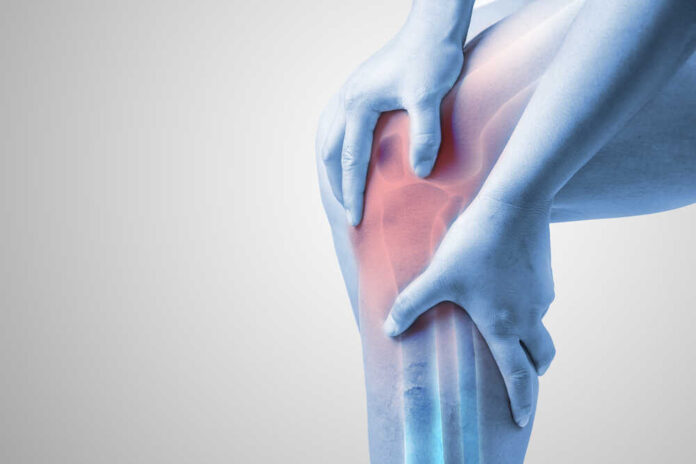
Your knee is a complex joint that plays a critical role in supporting the weight of your body and helping you move around. Unfortunately, it is also one of the most injury-prone parts of the body.
And when you feel a pain in the back of your knee, it can be particularly concerning as it may not be immediately clear what is causing the discomfort.
Common Causes of Pain in the Back of Your Knee
There are several reasons why you might experience pain in the back of your knee. Here are some of the most common causes:
Hamstring Strain
A hamstring strain is a common injury that can cause pain in the back of the knee. The hamstring muscle is located at the back of the thigh and helps to flex the knee joint. If you overstretch or tear the hamstring muscle, you may experience pain at the back of your knee.
Baker’s Cyst
A Baker’s cyst is a fluid-filled sac that develops at the back of the knee. It can cause pain and discomfort, especially when you flex or extend your knee. Baker’s cysts can be caused by various factors, including arthritis, cartilage tears, or other knee injuries.
Meniscus Tear
The meniscus is a cartilage that cushions the knee joint. If you tear your meniscus, you may experience pain in the back of your knee. Meniscus tears can be caused by a sudden twisting motion, such as during sports activities.
ACL or PCL Injuries
The anterior cruciate ligament (anterior means front) and posterior cruciate ligament (posterior means back) are both located within the knee joint and help to stabilize the knee. If one of these ligaments becomes torn or damaged, it can cause imbalances that may be felt as pain in the back of the knee.
Jumper’s Knee
Jumper’s knee, or patellar tendinitis, is characterized by inflammation of the patellar tendon. This condition is often seen in athletes who participate in activities that involve repetitive jumping, such as basketball or volleyball.
Arthritis
Arthritis is a common issue that causes inflammation in the joints, including the knee joint. If you have arthritis in your knee, it may be felt in the back area of your knee, usually accompanied by other symptoms such as stiffness and swelling.
Popliteal Tendinitis
The popliteal tendon is a band of tissue that connects the hamstring muscles to the bones in the knee. If this tendon becomes inflamed, you may experience pain in the back of your knee. This is a rare condition known as popliteal tendinitis.
When to See a Doctor
If your pain is severe, persistent, or accompanied by other symptoms such as fever or swelling, you should seek medical attention immediately.
These signs often indicate a more serious underlying condition that requires prompt treatment.
The treatment plan for your knee will depend on the underlying cause. Common treatment options include:
- Rest and Ice: If you have a minor injury, such as a hamstring strain, your doctor may recommend resting your knee and applying ice to reduce inflammation.
- Physical Therapy: A physical therapist can work with you to develop a customized exercise program designed to improve your knee’s strength and flexibility.
- Medications: If you have arthritis or another condition causing pain in the back of your knee, your doctor may recommend medications such as pain relievers or anti-inflammatory drugs.
- Surgery: In some cases, surgery may be necessary to repair torn tissues or remove a Baker’s cyst.
Preventing Pain in the Back of Your Knee
While not all cases of pain in the back of your knee can be prevented, there are some steps you can take to reduce your risk of injury or further damage to your knee joint:
- Warm up and stretch before exercising.
- Wear appropriate, fitting, supportive footwear.
- Build up your strength and endurance.
- Maintain a healthy weight.
If you’ve struggled with knee pain in the past, you should consult with your doctor before trying any new exercise program or sports activity that may reinjure your knee.






















